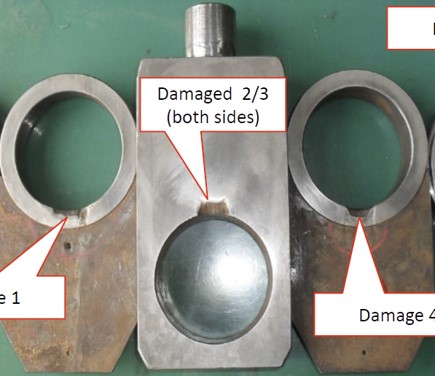Facilities Sand Management: Instrument and Valve Selection (B-FSM030)

Below are some general guidelines for selection and use of instruments and valves in Facilities Sand Management systems. These come from lessons-learned in design and operation of FSM systems in various environments. This article is not as in-depth as the previous calculation heavy discussions (more of an appetizer than a full-course meal).
I’ve kept these guidelines generic so as to not promote one company over another – but equipment and service from vendor companies can vary widely.
Instrumentation
Concentration in Liquid/Fluid Stream
- Many types of intrusive and non-intrusive probes and devices on market
- Work with a company experienced and knowledgeable in applying these devices in the upstream oil & gas industry
- Anecdotal feedback suggests that calibration in multiphase and changing flow environments is very challenging
Particle Size
- Several companies provide visual particle analyzers – can provide on-line PSD
- Work with a company experienced and knowledgeable in applying these devices in the upstream oil & gas industry
- Decide whether you want full process stream or slip-stream
- Equipment must be able to accurately identify sand particles from bubbles, drops, aggregates, flocs, chemicals, etc.
- On-line feedback of changing PSD is very valuable
Level (Solids in Liquid)
- For <900# ANSI use vibrating rod/fork (internal) probe – switch
- For >1500# ANSI vessel use gamma-radiation (external) device – level
- Thermal dispersion, thermal imaging, weight based, acoustic, ultrasonic, and GWR not proven accurate/precise
Valves
Valve for handling slurry must be of suitable design and material
- Recommended: Gate (slab /slurry), rotating-disc, or full ceramic ball types
- Not Recommended: Needle, globe, and general (metallic) ball
Gate Valves
- Slab gate: available at all ANSI and to API 15K design, can be rebuilt in-situ, slab and seat should be 410SS with hard face (WC, nitride, or Stellite®)
- Slurry knife gate valve: from mining industry, best type but limited rating, typically 300# max design, do not use any polymer internals
Rotating Disc
- Available to 2500#(?), self-lapping (maintains tight seal), excellent in severe slurry use, full port flow
Ceramic Ball Valve
- Must be full ceramic (ball and seat and cavity liner), limited to 300#(?)
The next article will cover “critical sizes of produced solids” – an advanced approach to FSM.
